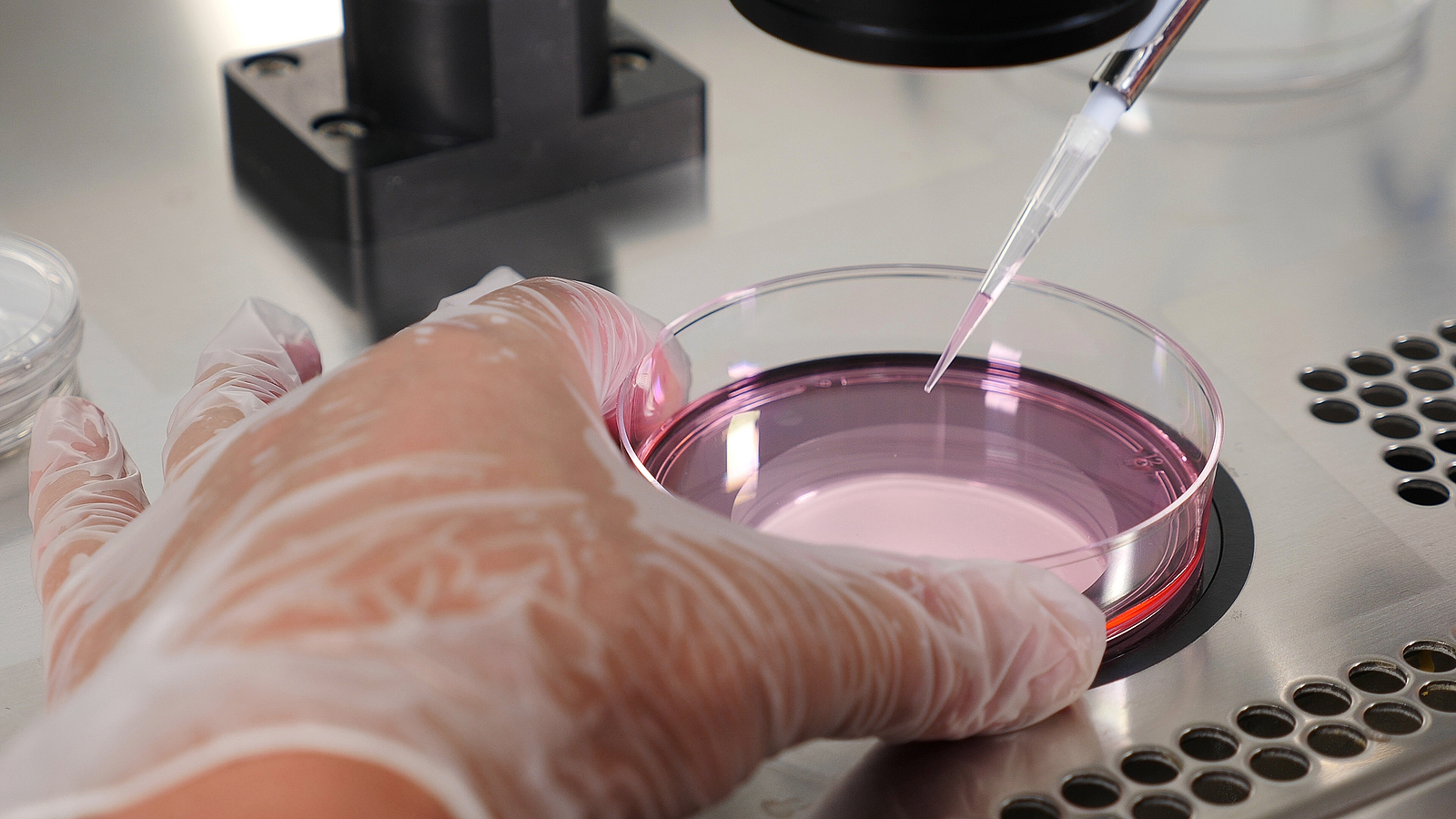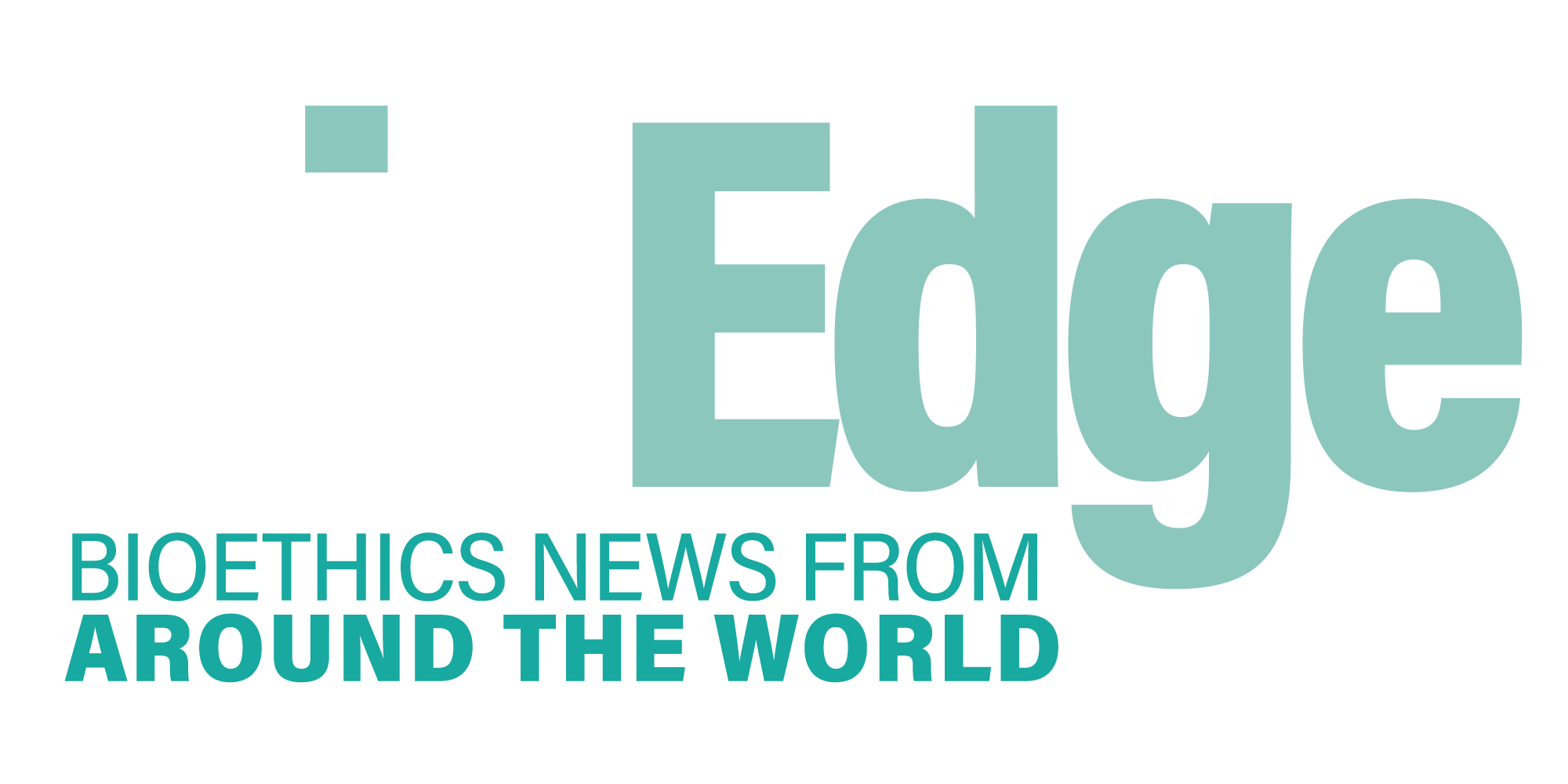
Running a cost-benefit ruler over 3-parent babies
The benefits for children born after mitochondrial donation – better known as three-parent babies – are easily demonstrated: no potentially lethal mitochondrial disease. Their parents are delighted and relieved.
But there are always costs to IVF procedures – and these need to be considered.
Some women are carriers of defective mtDNA which can cause serious birth defects or even death. The procedure attempts to eliminate the defective mtDNA of the primary mother by substituting the mtDNA of a second “mother”. A baby conceived with three-parent IVF carries a tiny bit of mitochondrial DNA from the second “mother”.
In controversies in the media and in legislatures, the procedure is often described as “lifesaving”. The UK’s Human Fertilisation and Embryology Authority (HFEA) cautiously endorsed it. “At each stage of the review process the panel reached a view that the evidence it has seen does not suggest that these techniques are unsafe”, a report stated in 2014.
The question is “unsafe for whom?” What about the embryos destroyed in the process of creating a disease-free embryo?
Researchers and IVF clinics have been loath to report how many embryos perish in the process of creating a single three-parent baby. In the UK, mitochondrial donation is regulated by the Human Fertilisation & Embryology Authority and the HFEA is notoriously parsimonious about sharing this data.
However, tenacious MPs have requested information on the wastage of embryos. The result is disturbing for anyone who believes that embryos should be respected as human life.
Fiona Bruce MP recently asked how many patients had been authorised by the HFEA to have mitochondrial donation. The HFEA responded that 32 patients had been authorized, that 317 embryos had been created, and that 24 had been transferred to the wombs of these women. In all cases, the technique used was pronuclear transfer.
(This is a technique in which the pronucleus, containing both egg and sperm DNA, has been removed and substituted for the pronucleus of a donor embryo.)
It is not known how many babies have been born in the UK using this technique. When the news broke in May that a baby had been born with the help of the Newcastle Fertility Centre, the only IVF clinic in the UK licenced to perform the procedure, the HFEA said only that the number of births was “less than five”.
A precise figure “could lead to the identification of a person to whom the HFEA owes a duty of confidentiality”.
However, it appears likely that there is only one.
So the full cost-benefit analysis of the UK’s first three-parent baby is probably this: 316 embryos destroyed to create one baby.
Will that baby be healthy? It remains to be seen. MIT Technology Review reported recently that sometimes the technique does not work, with the defective mtDNA re-emerging in the baby’s cells, an event called “reversion”.
